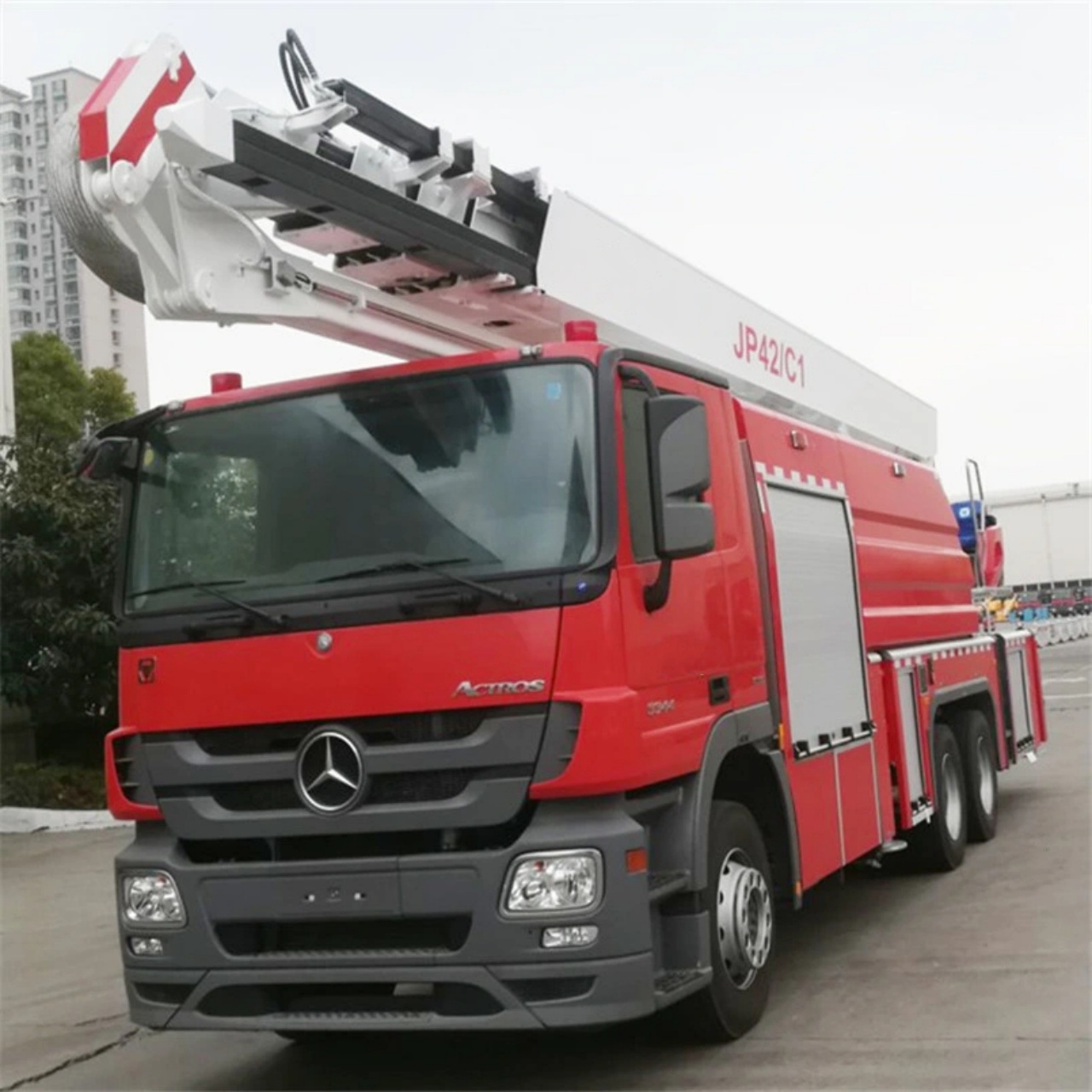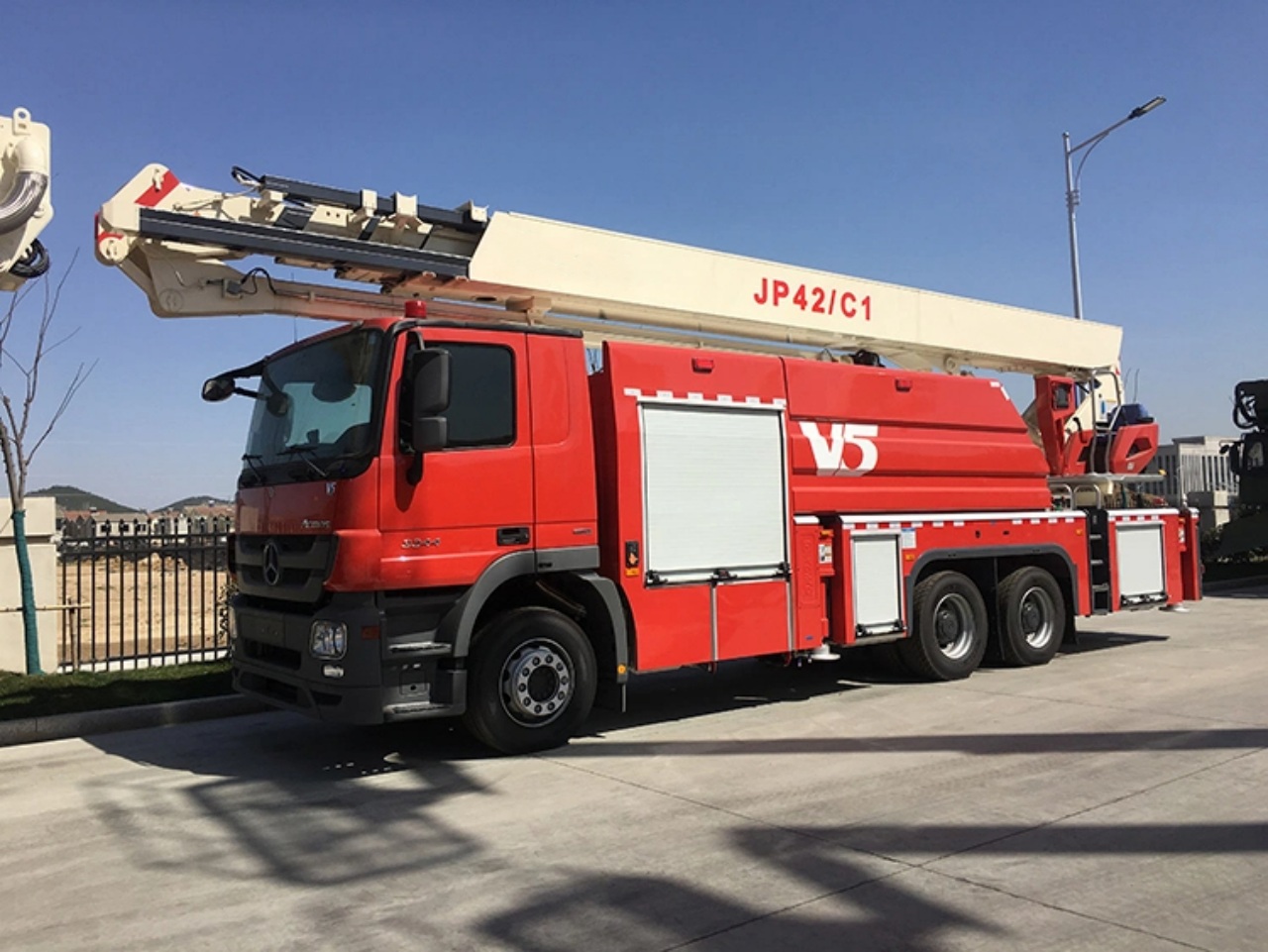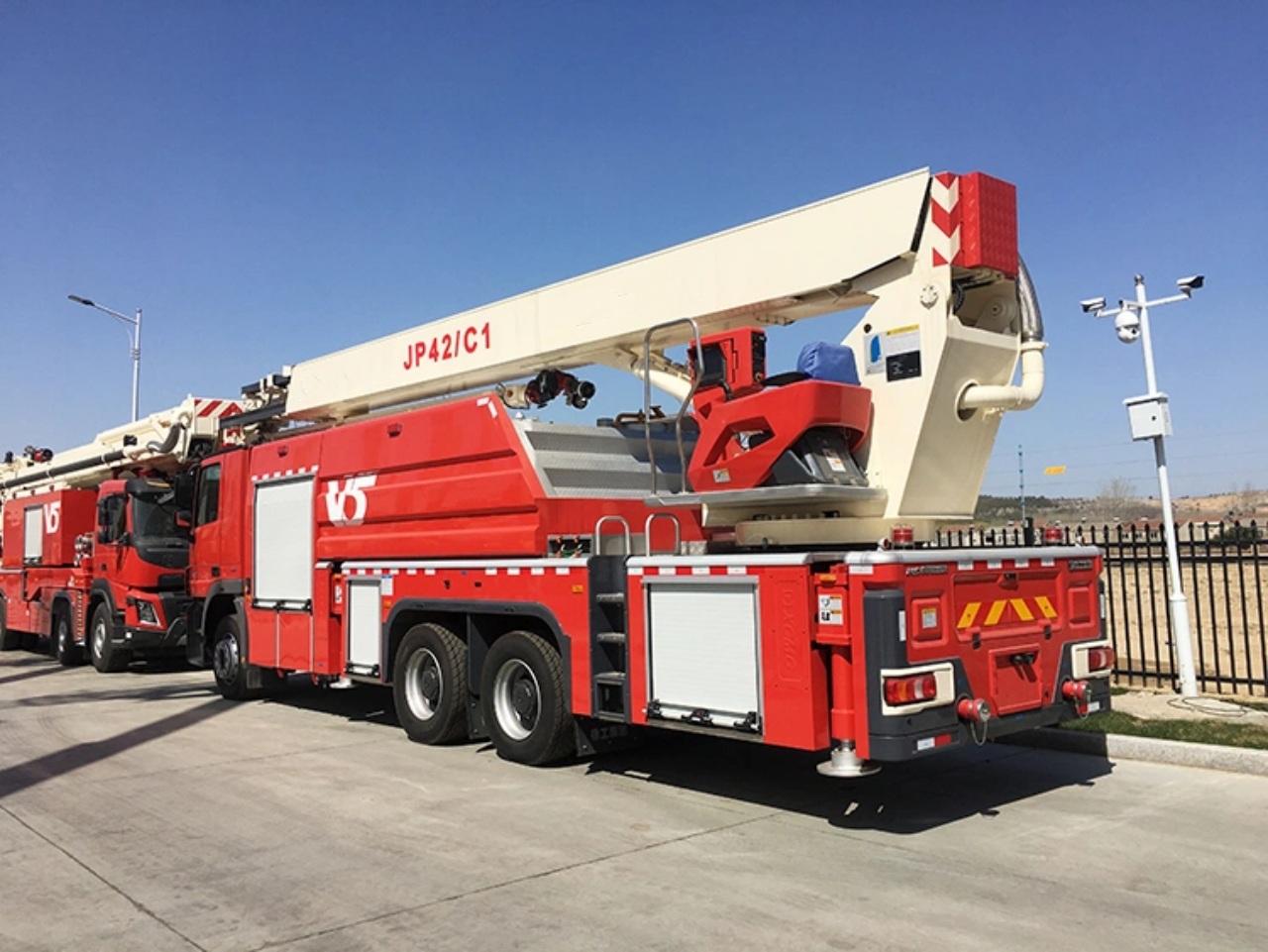In the world of firefighting, vehicles are much more than just transportation—they are specialized machines tailored for specific tasks during emergency response. 2 of the most commonly seen and often misunderstood fire apparatus are the quint and the ladder truck. While they might appear similar from the outside, they serve different operational purposes and are equipped differently depending on the department’s needs. This article explores the distinctions between a quint and a ladder truck, their roles, and why a fire department might choose one over the other.
What is a Ladder Truck?
A ladder truck, sometimes referred to as a truck company, is a type of fire apparatus designed primarily for aerial operations. It typically includes a long, extendable ladder mounted on the top, which may or may not have a platform (bucket) at the end. Ladder trucks are crucial for reaching upper floors of buildings, ventilation, and rescuing trapped individuals.
Key Features of a Ladder Truck:
- Aerial Ladder or Platform: The central feature is the long ladder (up to 100 feet or more) or an aerial platform for elevated operations.
- Ground Ladders: Equipped with multiple types and lengths of ground ladders for access and rescue.
- Ventilation Tools: Carries tools like chainsaws and axes to ventilate smoke from buildings.
- Rescue Equipment: Includes gear for forcible entry, extrication, and rescue.
- No Pump or Water Tank (typically): Ladder trucks are not designed to function as pumping engines. They do not usually carry onboard water or hoses for suppression, although they may have hose lines for firefighters’ use.
Ladder trucks are usually staffed by truck companies, who are specifically trained in rescue, ventilation, and aerial operations, rather than hose line advancement.
What is a Quint?
A quint, short for “quintuple combination pumper,” is a hybrid fire apparatus that combines 5 essential firefighting functions into 1 vehicle. The term “quintuple” refers to the 5 capabilities:
- Pump
- Water tank
- Fire hose
- Aerial device (ladder or platform)
- Ground ladders
This means that a quint serves the roles of both an engine (pumper) and a ladder truck, making it a versatile piece of equipment for departments that want to maximize operational flexibility with fewer vehicles.
Key Features of a Quint:
- Onboard Water Tank: Carries water for immediate fire suppression.
- Pump System: Typically rated between 1,250 and 2,000 GPM.
- Hose Storage: Carries supply and attack hose lines.
- Aerial Ladder or Platform: Just like a ladder truck, but paired with suppression equipment.
- Ground Ladders: Equipped with a variety of ladders, often meeting NFPA requirements.
Quints can be operated as either an engine or a ladder truck, depending on the needs of the incident, which makes them especially attractive for smaller departments or those covering large rural areas.
Key Differences Between a Quint and a Ladder Truck
While both vehicles may have an aerial ladder and look similar, the difference lies in capability and function. Here’s a breakdown:
| Feature | Ladder Truck | Quint |
|---|---|---|
| Primary Role | Aerial operations and rescue | Dual-purpose: firefighting and aerial |
| Pump | Usually no | Yes |
| Water Tank | No | Yes |
| Hose Storage | Minimal (if any) | Yes |
| Staffing Focus | Truck company operations | Engine or truck company (varies) |
| Use in Firefighting | Ventilation, access, rescue | Attack lines, water supply, and rescue |
| Versatility | Specialized | Multipurpose |
Operational Implications
Ladder Truck
- Best for Urban Environments: In cities with multiple-story buildings, dedicated ladder trucks are ideal for vertical access and rescue.
- Specialized Crew Tasks: Firefighters on a truck company specialize in ventilation, search and rescue, and forcible entry without worrying about water supply.
- High-Capacity Aerial: Ladder trucks often have larger, more capable aerial devices because they’re not burdened with pumps or water tanks.
Quint
- Ideal for Smaller Departments: A quint can provide both fire suppression and aerial operations with a single crew.
- Rural and Suburban Use: In areas with limited resources or longer response times, a quint ensures there is both water and reach at the scene.
- Cost Savings: Instead of buying and maintaining separate engines and ladder trucks, departments can save with a single vehicle.
However, some critics argue that quints can suffer from being a “jack of all trades, master of none.” Their size can limit maneuverability in tight spaces, and trying to perform 2 major roles can divide the crew’s focus during critical moments.
When Do Fire Departments Choose a Quint?
The choice between a quint and a ladder truck often comes down to department needs, geography, and budget.
- Budget Constraints: Smaller budgets mean fewer vehicles. A quint offers more versatility in 1 unit.
- Staffing Limitations: If a department cannot afford to staff both an engine and a ladder truck, a quint allows limited personnel to fulfill both roles.
- Distance from Water Sources: Rural departments might need the onboard water tank that a quint provides.
- High Call Volume: Busy departments may opt for traditional ladder trucks to avoid compromising between functions.
Some large urban fire departments still prefer the traditional engine/truck setup with specialized crews because it allows for a more focused and efficient response. Others opt for quints as reserve units or secondary response vehicles.
Conclusion
Understanding the difference between a quint and a ladder truck is essential not just for fire service professionals but also for those interested in how emergency services operate. While they may appear similar due to their aerial capabilities, the quint is a versatile, multipurpose vehicle combining pump, water, hose, ladder, and aerial functions, whereas the ladder truck is a specialized unit focused entirely on rescue and aerial tasks.
Each apparatus has its strengths and ideal applications. Whether it’s the quint’s adaptability or the ladder truck’s specialized efficiency, both play vital roles in modern fire departments. Ultimately, the choice between the 2 comes down to operational needs, available resources, and strategic priorities.











